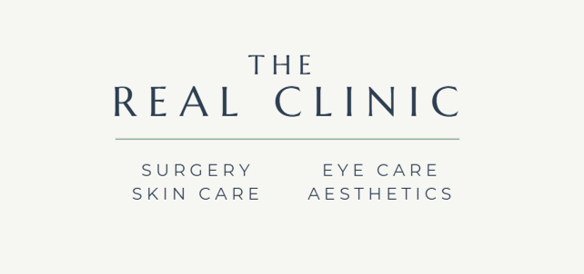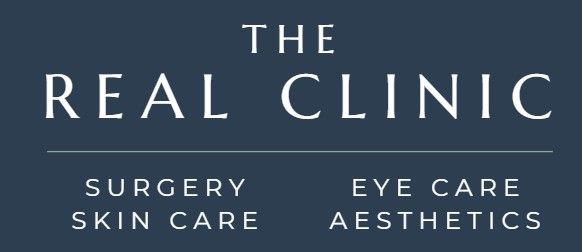TREATMENT
EYELID PTOSIS
The term eyelid ptosis refers to drooping of the eyelids. This can happen for a number of reasons, such as ageing and inefficiency of the levator muscle. It is very common as we get older to notice that our eyelids begin to sag, and in severe cases this can cause the upper eyelid to impair vision when the eyelid droops below the upper margin of the eye.
2-6 WEEKS
DEPENDENT ON TREATMENT

RECOVERY
ANAESTHETIC
CAN BE PERMANENT

DURATION
1-2 HOURS
TIME TAKEN


TIME TAKEN
DURATION
ANAESTHETIC
RECOVERY



Price from £1,100
DEPENDENT ON TREATMENT
CAN BE PERMANENT
GENERAL OR LOCAL
1-2 weeks
Collagen and elastin are proteins that are naturally found within the skin, and from our 30’s onward the production of these proteins begins to deplete. Collagen is responsible for keeping our skin plump and voluminous and elastin is the protein which gives our skin the ability to ‘bounce back’.
The levator muscle is responsible for lifting the eyelid. When function of the levator muscle becomes impaired, it can no longer efficiently support the eyelid and ptosis can occur. Eyelid ptosis usually occurs over a number of years, so when eyelid ptosis occurs suddenly or develops quickly over the course of a few hours, then it is important to seek medical attention as this may be due to another cause.
LEARN MORE ABOUT EYELID PTOSIS
QUESTIONS ABOUT EYELID PTOSIS
-
What treatments are available for eyelid ptosis?
The most common and permanent solution for eyelid ptosis is a surgery called blepharoplasty. Blepharoplasty can be performed under local or general anaesthetic. During surgery, cuts will be made along the natural line of the eyelid, and excess skin, fat and sagging muscle will be removed or redistributed and tightened. The wound will then be closed and stitched discreetly leaving you with a much tauter open look to the eye.
-
Is there any downtime associated with eyelid ptosis?
There will be significant bruising and swelling for around 2-3 weeks following an upper blepharoplasty. It is advisable to time off work and rest to help promote successful healing. You will be provided with a postoperative care pack following your surgery, which will contain helpful advice to aid healing.

RELATED TREATMENTS
WOULD YOU LIKE A LITTLE EXTRA HELP?
If you’re not sure what treatment you need, or you would just like a chat to get some advice, give our team a call or drop us a message and we’ll be happy to help.






